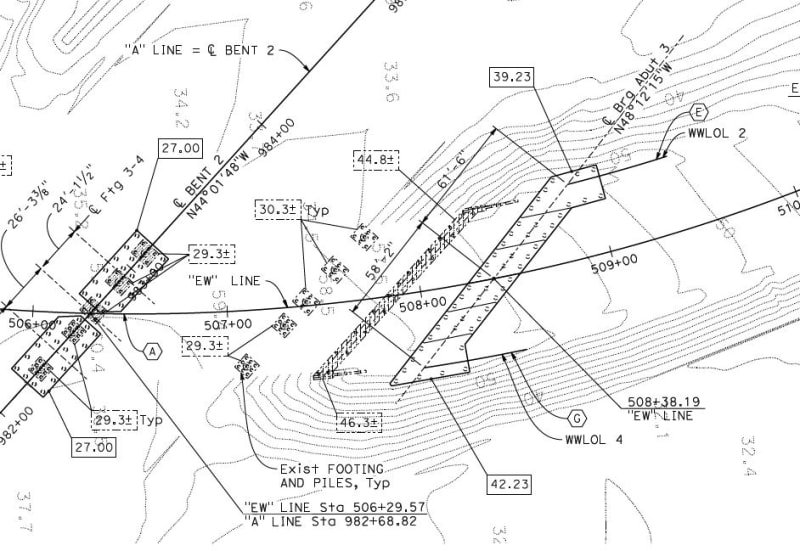Aryal
Civil/Environmental
- Mar 16, 2020
- 7
How we define the orientation of wing wall for skewed bridge?
Follow along with the video below to see how to install our site as a web app on your home screen.
Note: This feature may not be available in some browsers.

